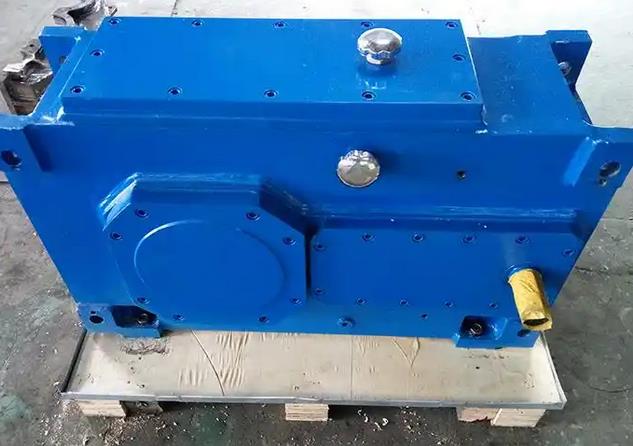Differences in application scenarios of parallel axis, orthogonal axis, vertical and horizontal gearbox bodies
The differences in application scenarios between parallel axis, orthogonal axis, vertical and horizontal box bodies of reducers:
Parallel axis box body: widely used in various mechanical equipment that requires parallel axis transmission, such as conveyor belts, mixers, fans, water pumps, etc. In these devices, the parallel axle box body can transmit the power of the motor to the working components, achieving normal operation of the equipment.

Orthogonal axle box body: commonly used in situations that require right angle steering transmission, such as robot joints, CNC machine tools, automotive steering systems, etc. The orthogonal axle box body can transmit the power of the motor in different directions, meeting the complex motion requirements of the equipment.
Vertical box: Suitable for equipment that requires vertical installation, such as cranes, elevators, and multi-level garages. In these devices, vertical enclosures can effectively utilize space, improve the operational efficiency and safety of the equipment.
Horizontal box: Suitable for the installation needs of most mechanical equipment, such as machine tools, printing machines, packaging machines, etc. The horizontal box has good stability, is easy to install and maintain, and can ensure the long-term stable operation of the equipment.

